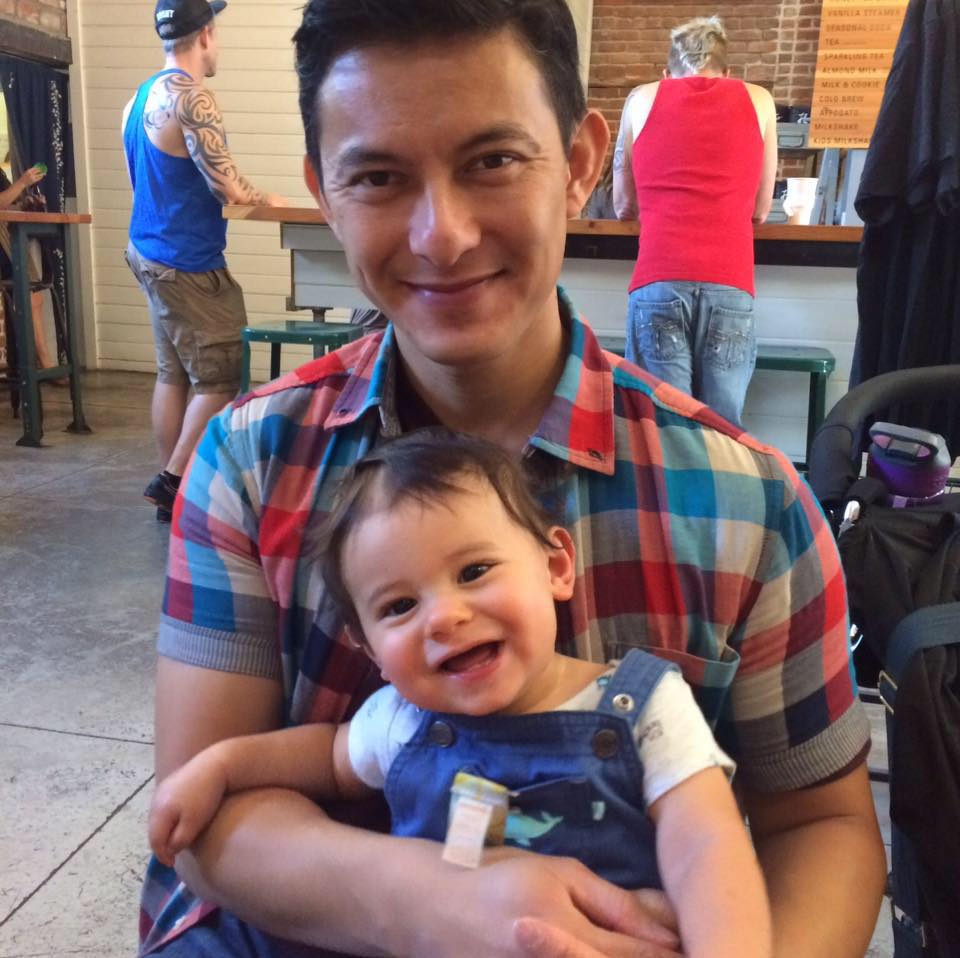Bachata Origins
It’s another Tuesday, which means you get another bit of trivia. Today we’ll talk about…
The Brief Origins of Bachata
Bachata originated from the Dominican Republic in the 1960s following the demise of Trujillo and his 30 year dictatorship, the first recorded bachata singles being credited to José Manuel Calderón. Originally, it was considered a variant of bolero, though was given the name bachata by those who wanted to disparage the music as culturally backward and vulgar.
Through the 70s, bachata went through a kind of dark years where it got minimal radio play and was rarely mentioned in television or print. It stayed alive in bars and brothels among the Dominican Republic’s poorest neighborhoods. Despite the unofficial censorship, it remained popular. The 80s saw the music gain increased radio play due to that popularity. As usual with music, the bachata sound morphed, taking on a more dance hall sound with faster tempo, punchier guitars, and more call and response singing.
With the 90s came Antony Santos and Luis Vargas who further modernized the sound and became the first true pop stars of bachata. Juan Luis Guerra is also credited with making the genre more acceptable, with his grammy winning album Bachata Rosa. It was during this period that bachata began to gain more international play.
It was in the 2000s, that bachata truly came into its own as a worldwide popular form of music. Acts like Monchy y Alexandra and Xtreme proved popular, though it was Aventura who most influenced the modern sound by incorporating R&B and hip hop elements. Now, bachata dominates the Latin charts with numerous number one hits by the likes of Romeo Santos (formerly of Aventura) and Prince Royce.
